Saturn Statistics
| Planetary Symbol: |
 |
Name in Roman/Greek Mythology: |
Saturn/Cronus |
| Diameter: |
119,871 km (74,500 miles) |
Rotation Period about Axis: |
10.67 hrs |
| Mass: |
568.5x10^24 kilograms (95 x Earth's) |
Revolution Period about the Sun: |
29.5 years |
| Density: |
687 kg/m^3 |
Tilt of Axis: |
26o 42" |
| Minimum Distance from Sun: |
1.35 billion km
(840 million miles) |
Surface Gravity: |
8.96 m/s^2 (0.92 x Earth's) |
| Maximum Distance from Sun: |
1.5 billion km
(938 million miles) |
Temperature at Cloud Tops: |
-170o C (-274o F) |
| Orbital Semimajor Axis: |
9.53 AU (Earth=1 AU) |
Average Cloud Top Temperature (K): |
103K |
| Minimum Distance from Earth: |
1.2 billion km
(746 million miles) |
Satellites/Rings: |
known moons, many rings |
 Saturn Image Archive
Saturn Image Archive
 Comparative Planetary Statistics -- in table form
Comparative Planetary Statistics -- in table form
 Comparative Orbital Statistics -- in table form
Comparative Orbital Statistics -- in table form
 Actual Distance to Earth
Actual Distance to Earth
 News from NSF: A Newly Discovered Solar System Contains Scaled-Down Versions of Saturn and Jupiter (2/14/08)
News from NSF: A Newly Discovered Solar System Contains Scaled-Down Versions of Saturn and Jupiter (2/14/08)
 Podcasts from NSF: Systemic Search
Podcasts from NSF: Systemic Search
Last modified September 25, 2009 by Eduardo Araujo-Pradere.
You might also be interested in:
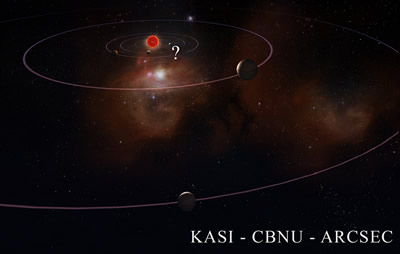
For a long time, scientists have wondered if there are other systems of planets like our own in our galaxy. Recently a team of astronomers discovered a solar system almost 5,000 light years away that has
...more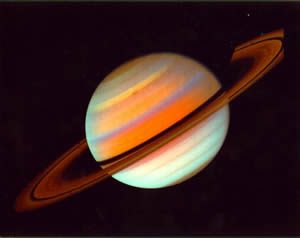
Like the inner planets and Jupiter, Saturn is clearly visible in the night sky. The ancient Greeks named the planet after the god of agriculture and time. It wasn't until 1655, however, that we knew Saturn
...more
The dramatic appearance of Saturn stems mainly from the spectacular rings. The atmosphere looks much less dramatic. The clouds of Saturn are much less colorful than those of Jupiter. This is because the
...more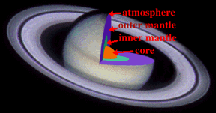
The Giant planets do not have the same layered structure that the terrestrial planets do. Their evolution was quite different than that of the terrestrial planets, and they have less solid material. Saturn's
...more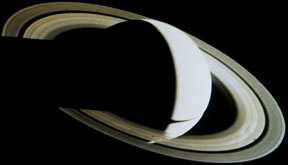
Many people like Saturn's rings. Although Saturn isn't the only planet with rings, it is the only planet famous for them. Almost every image or drawing of the planet has the rings included. But few people
...more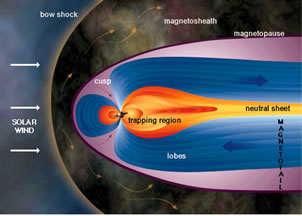
Saturn's magnetosphere is not as big as Jupiter's, but it is still pretty big. It is big enough to hold all of Saturn's moons. It is probably made the same way as is Jupiter's, which affects its overall
...more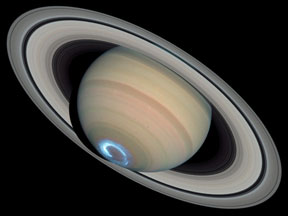
There's a lot of strange and interesting stuff going on at both the North and South Poles of Saturn. Two of Saturn's moons also have interesting polar regions. Let's take a look! The atmosphere and clouds
...more

 Comparative Planetary Statistics -- in table form
Comparative Planetary Statistics -- in table form
 Comparative Orbital Statistics -- in table form
Comparative Orbital Statistics -- in table form
 News from NSF: A Newly Discovered Solar System Contains Scaled-Down Versions of Saturn and Jupiter (2/14/08)
News from NSF: A Newly Discovered Solar System Contains Scaled-Down Versions of Saturn and Jupiter (2/14/08)
 Podcasts from NSF: Systemic Search
Podcasts from NSF: Systemic Search


 Saturn Image Archive
Saturn Image Archive











